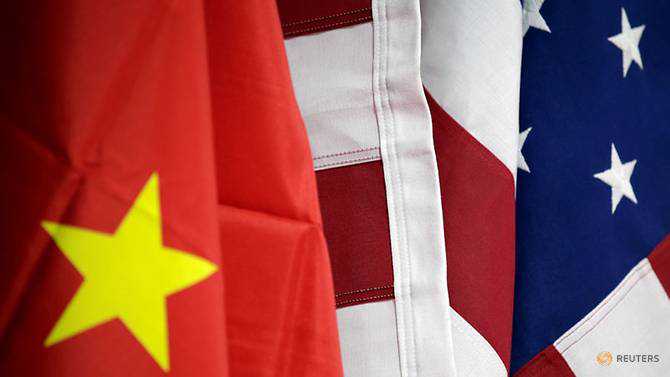US-China trade deal: What you need to know ahead of the Jan 15 signing
12 January, 2020

After nearly two years of bare-knuckle battling, US President Donald Trump is set to sign a phase one trade deal with China.
Trump announced to great fanfare on New Year's eve that he would sign the "phase one" deal on Jan 15 in the White House.
But it was not until Thursday (Jan 9) that the Chinese Ministry of Commerce confirmed the visit of Vice Premier Liu He, who will be in Washington from Monday to Wednesday.
Below are major elements of the deal.
THE AGREEMENT
US and Chinese officials said the agreement includes protections for intellectual property, food and farm goods, financial services and foreign exchange, and a provision for dispute resolution.
The White House has said the deal includes improvements on the technology transfers requirements that Beijing imposes on foreign companies, as well as better access to the Chinese market for financial services.
"Importantly, the agreement establishes a strong dispute resolution system that ensures prompt and effective implementation and enforcement," US Trade Representative Robert Lighthizer said.
US officials have long said enforcement was crucial to ensuring that China holds up its end of the bargain, an area of nagging skepticism.
THE PLEDGE
China had been the second largest market for US agricultural exports, but fell to fifth place since the start of hostilities.
Washington said Beijing has pledged to buy an additional US$200 billion American goods over two years, compared to 2017 purchases.
This apparently would include agricultural products worth US$40 to US$50 billion, but it is unclear if that is a total, if it is over two years or annually.
Chinese authorities have yet to confirm these amounts.
Trump himself raised questions Friday over whether American farmers and ranchers can produce that amount, which would be about twice as high as the peak of China's purchases in 2012.
In 2017, prior to the start of hostilities, American farmers sold US$19.5 billion in products to China. Those exports tumbled by more than US$9 billion in 2018 as the trade war began and Beijing retaliated against US tariffs with punitive duties.
Han Jun, vice minister of agriculture in Beijing, said the partial agreement also would boost China's farm exports to the United States, including cooked poultry, pears and dates.
"Some of these problems have been talked about for more than 10 years, and this time there has been a substantive breakthrough," he said.
THE TARIFFS
As part of the deal, Trump cancelled 15 per cent tariffs that had been due to hit Sunday on US$160 billion in Chinese goods, especially electronics like cell phones and computers, which would have been particularly painful to US consumers.
And in a major concession, the US will slash in half the 15 per cent tariffs on another US$120 billion imposed Sep 1, on consumer goods like clothing.
While Chinese officials said the US agreed to roll back the other tariffs in stages, for now Washington will keep in place the 25 per cent duties on US$250 billion in imports.
China's Vice Finance Minister Liao Min did not specify whether Beijing planned to cancel existing tariffs on US imports to China.
In September, Beijing removed tariffs imposed on 16 categories of US products.
Source:
